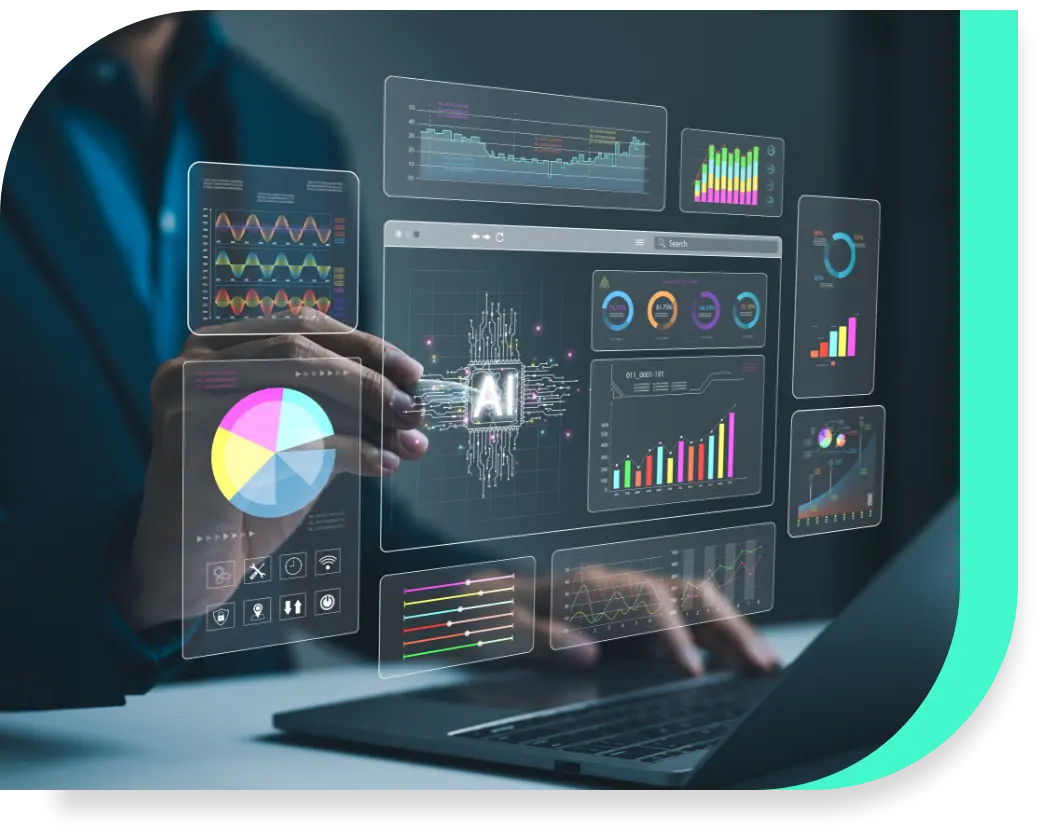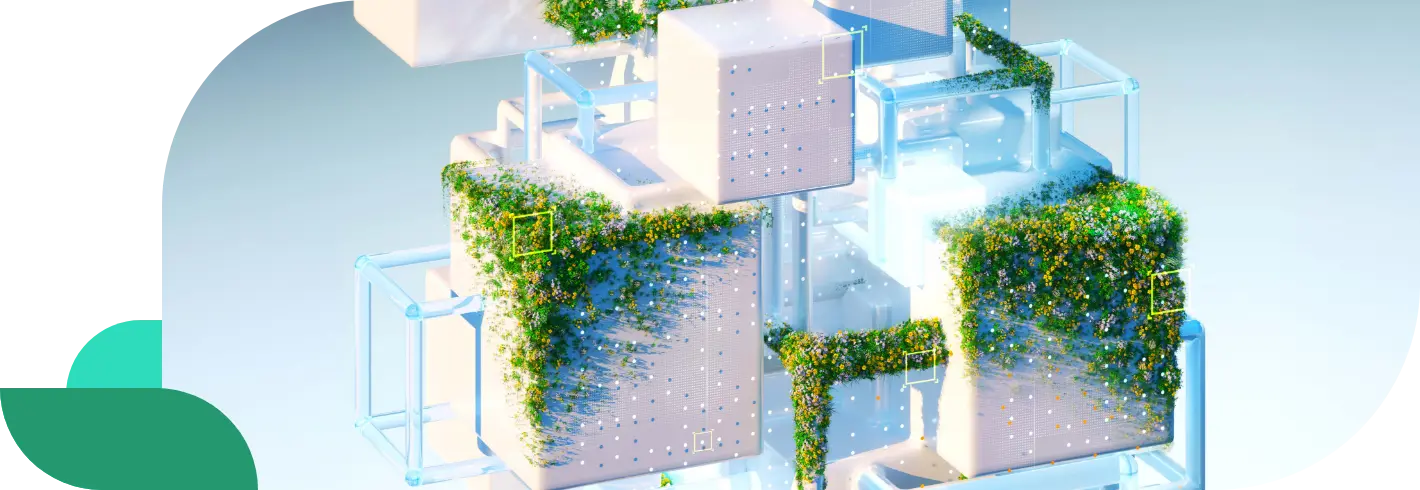Data: the building blocks of smart energy management
Data is in all aspects of our daily lives. Data can be as basic as date, time and place. Or it can be rich and detailed, giving us more information that helps in our decision-making. Taking the bus, shopping online, ordering food delivery, booking a flight… our daily activities use data for scheduling, searching, buying and paying.
When data is detailed and combined with analytics and algorithms, it can be harnessed for insights and opportunities. Just as we use a health tracker to monitor, analyse and take action to improve our body’s health and performance, we can use a smart energy management system to monitor, analyse and take action to improve the energy efficiency and performance of a building.
Advanced technologies applied to data can generate usage patterns and insights to help optimise energy consumption and reduce wastage, helping buildings transform into Super Low Energy Buildings (SLEB)1.

An overview of a month’s electricity consumption.

Hourly water consumption at a particular location: the rooftop.
Data forms the basis of SP Digital’s Green Energy Tech (GET®) suite of solutions, collated from smart devices such as smart meters and smart sensors. SP Digital’s GET® Insights provides near real-time monitoring and granular tracking of electricity and water consumption, 24/7. With no human intervention, data is accurate and reliable, and the solution’s functionality enables a comprehensive view of utilities.
Its digital utilities dashboard with user-friendly charts and analysis tools enables comparisons of consumption at different times of the day, in specific spaces such as meeting rooms, offices, server rooms and so on. Heat maps over the course of the day give a clear visualisation of usage patterns.


Users can select overlays to compare two time periods, or two areas.
GET Insights now provides an even more in-depth picture of utilities, enabling you to compare and evaluate electricity and water consumption at specific hours of the day; and even weekday vs weekend consumption.
Thresholds can be set accordingly, and alerts are activated when they are breached. For instance, an office building can set a threshold for weekdays and one for the weekend. If there is a “spike” in electricity usage during the weekend or after hours, the building owner or manager will receive a notification and can take action. If there is water consumption such as during the hours the building is closed, this could indicate a water leak which can then be investigated and rectified. Thus averting unnecessary wastage and expense.


GET Insights leverages Artificial Intelligence (AI) to take the guesswork out of figuring out energy consumption patterns of a particular floor, unit, or even specific common areas.
In one customer case, GET Insights captured the consumption pattern of the past 3 to 6 months, establishing a basis for comparison with future consumption. Anything outside this pattern is detected as an irregularity and triggers an alert, together with information of how much deviation there is from the expected consumption. With greater control over consumption comes greater control over operational costs.
GET Insights features analytical tools that can provide deeper understanding of the issues at hand. For instance, by comparing the consumption of similar units against each other, and comparing the consumption over a period of time (such as a year to year comparison), there can be key learnings informing actions to improve efficiencies, and to reduce consumption and wastage.
Data-driven GET solutions can be easily incorporated into a building even past the construction phase, as the installation is simple and modular, and done with minimal disruption to business operations.
Sustainability in the built environment is largely affected by the Indoor Environmental Quality (IEQ). In fact, cooling in a building can account for up to 60%2 of its energy usage, so it’s imperative to have an effective management system, such as SP Digital’s GET® Control. GET Control is the self-learning building intelligence system for indoor air quality. It harnesses the power of data, AI and Internet of Things (IoT) to optimise airflow and cooling efficiency of the building’s air conditioning system. Leveraging advanced technologies and strategies such as integration with renewable energy sources helps to bring about greater energy efficiency and further drive the transition to Super Low Energy Buildings.

Contact us about SP Digital’s smart utilities management system that advances your sustainability efforts.


